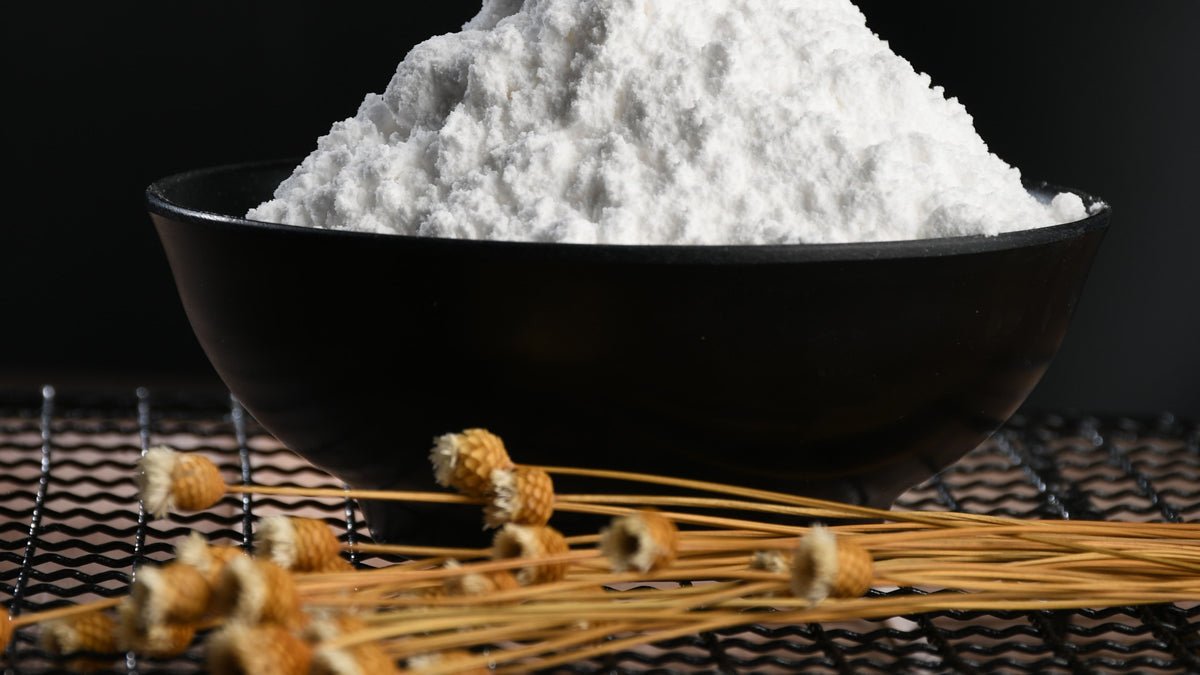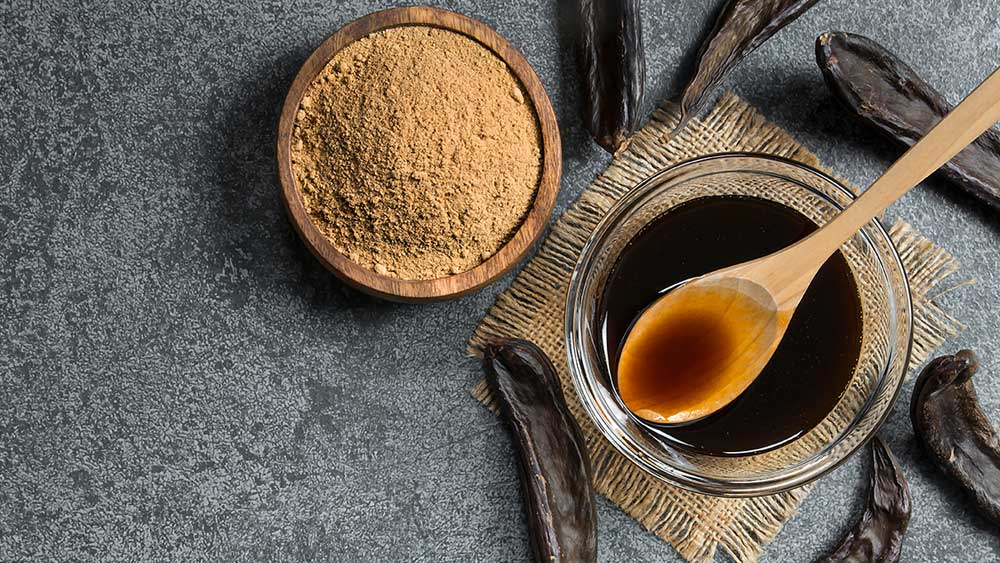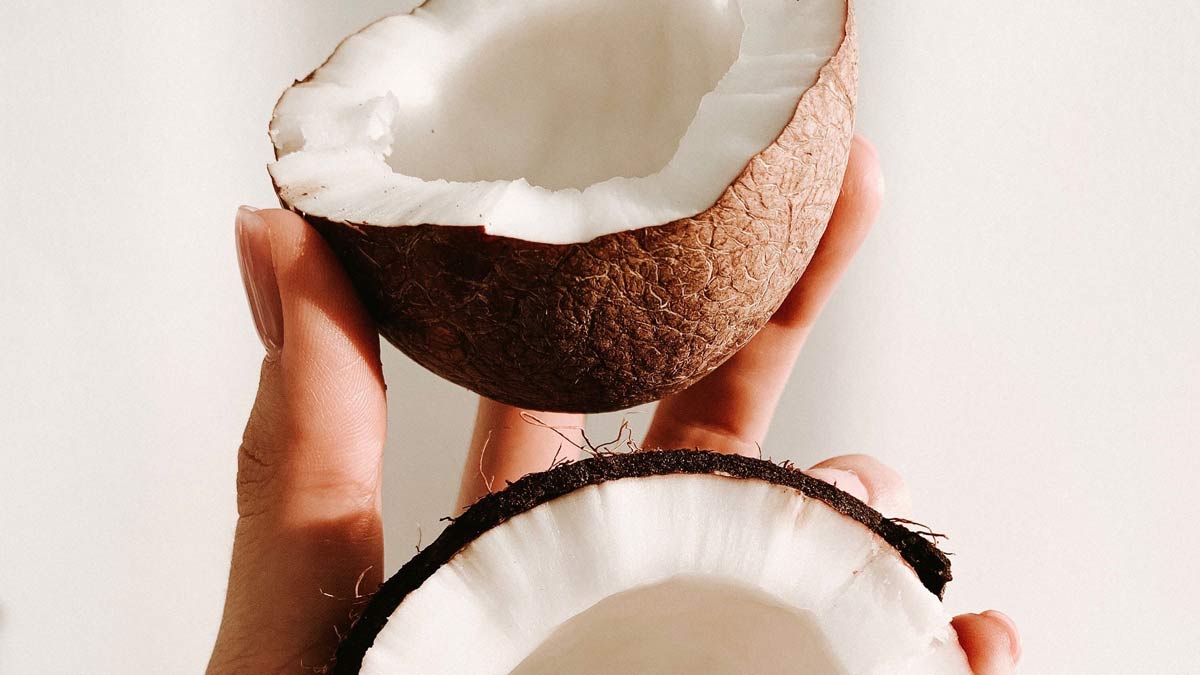
Sodium Percarbonate
- Derived from: Baking Soda
- Pronunciation: \ ˈsō-dē-əm \ perˈkär-bə-ˌnāt\
- Type: Naturally-derived
- Other names: Sodium carbonate peroxide
What Is Sodium Percarbonate?
Sodium percarbonate (also called sodium carbonate peroxide) is a salt and moderately-strong oxidizer. When it’s dissolved in water, it breaks down into hydrogen peroxide and sodium carbonate.[1] Most typically, it appears as a colorless, crystalline solid.[1,2]
How to Make Sodium Percarbonate
Commercially, manufacturing sodium percarbonate involves reacting sodium carbonate with hydrogen peroxide and then crystallizing and drying the mixture. Alternatively, the crystallized mixture can be evaporated in a spray dryer.[1]
Sodium Percarbonate Uses
Sodium percarbonate is primarily used as a bleaching and oxidizing agent in household cleaning products.[1,3,4] It is often used in toothpaste and tooth whitening products, as well as in crop production to inhibit algae and moss.[3]
What Is Sodium Percarbonate Used for in Puracy Products?
Thanks to it being a moderately-strong oxidizer, we use sodium percarbonate as an effective dishwashing detergent booster.
Sodium Percarbonate Safety
Whole Foods has deemed the ingredient acceptable in its body care and cleaning product quality standards.[5,6] Studies show that the ingredient is a slight skin irritant but not a sensitizer.[2,4,7]
Sources
[1] U.S. National Library of Medicine
[2] Environmental Working Group
[3] U.S. Department of Agriculture
[4] U.S. National Library of Medicine
[5] Whole Foods Market Body Care
[6] Whole Foods Market Household Cleaning Products
[7] U.S. National Library of Medicine


























